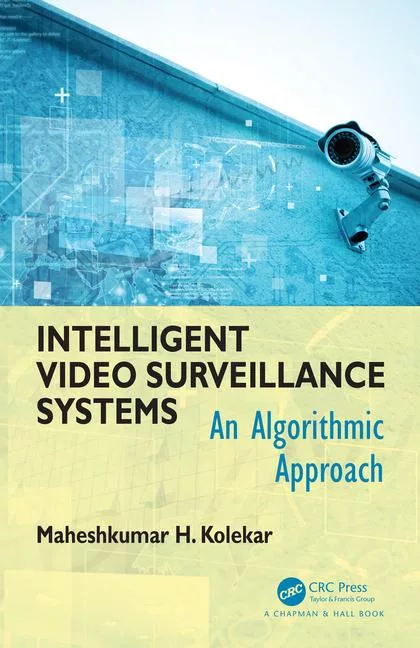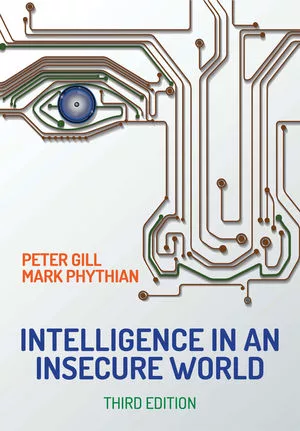Toward an enlightened micromanagement

Of all the consequences of COVID-19, the so-called “Great Resignation” is one of the least expected. It is surprising because economic forecasts generally predicted varying degrees of doom, despair and fear. Instead, millions of Americans are quitting their jobs, highlighting an optimism about the future and the certainty that better employment, or better self-employment, is around the corner. With companies now playing defense, many are wondering why workers are leaving in droves. One of the oft-mentioned culprits is micromanagement and the proposed solution? Less of it. This perspective is wrong. What companies and teams need is more micromanagement, albeit a brand tempered by common sense and compassion.
Letting Go is Not so Great
There are many definitions of micromanagement, but a typical description of the management style emphasizes high levels of employee supervision and extreme attention to detail. It is no wonder then that an end to micromanagement sounds so appealing in the era of remote work. Now used to less physical oversight, employees want less administration of their thought processes and approaches to getting the job done. Managers, for their part, are realizing that employees can be more productive on their own, as most studies on remote work suggest. So why not let go of the reins?
In short, there are many metrics besides productivity that are important to consider, including employee trust, engagement, mentorship, work-life balance and creativity, among others. Few have benefitted from remote working environments, and fewer still profit from an absentee or strategy-focused management style. Even improved productivity itself may not be entirely a function of unleashing worker potential. Some research has indicated it might be the result of technology facilitating better top-down coordination through written instructions rather than on-the-fly guidance at the office.
Please, Sir, May I Have Some More [Micromanagement]?
To look beyond raw productivity is to realize the need for managers to be more active in today’s remote or hybrid workplaces. Yet merely active management may still not be enough. To shamelessly mix metaphors, the lowest-hanging fruit of most workplaces is in the details.
Let’s talk about why what is often called an obsessive or excessive focus on the details — a hallmark of micromanagement — may be an easy win for managers. First, details are at the core of understanding the tasks that need accomplishing. Having a firm grasp on specifics, therefore, is essential for rationally assigning or delegating work at a time when work-life balance is worsening across most demographic categories. Along the same lines, both long-term mentoring and short-term training is also possible only when a manager routinely steps “into the trenches” and recognizes the challenges facing their reports daily. This recognition also breeds compassion, which leads employees and their managers into a virtuous cycle of trust and engagement.
Trust is also bolstered by a high level of oversight, the second prong of micromanagement. Far from needing to be banished, strong supervision is a trait of good leaders who know how to channel their employees’ talents and make sure that the results of their efforts are up to standard. Positive outcomes and routine communication, meanwhile, help employees earn the confidence of managers and gain their own confidence, in turn. This is why the timeless Cold War dictum “trust but verify” is a step toward ridding employees of imposter syndrome and creating new workplace leaders.
What it Means to be an Enlightened Micromanager
Although micromanagement has many advantages, anyone who has experienced it firsthand is likely skeptical of the “pros” and feels an instinctive dread at the word. And there is a good reason. Practitioners frequently take it too far, stifling independence, creativity, a sense of ownership, and, not least, joy. There are strategies for avoiding these downsides, however, by following the path of enlightened micromanagement. A few tips:
- When being nitpicky about details, be concerned only with the significant ones. This usually means putting results rather than methods under the magnifying glass. Of course, sometimes the approaches employees take matter too, but do not be so arrogant as to assume you know all possible tactics.
- There is no reason that micromanagement should be feared, so when closely supervising, use positive reinforcement rather than negativity. If an employee is performing poorly, be constructive instead of rubbing their noses in the flaws. If an employee is doing well, communicate your appreciation, especially at the little things.
- Keep in mind that micromanagement is situational, never the end goal. When a job is repeatedly done to satisfaction, unshackle your people. In the short term, you have tasks to accomplish. In the long term, you have leaders to unleash.
- Recognize that engaging in micromanagement can require sacrifice, often of strategic work that is expected of managers. So, just as you would tell your team to prioritize their workstreams, know when to prioritize supervision and when to delegate. Do not limit your effectiveness as captain of the ship.
As of writing, the Omicron variant of the coronavirus is again creating uncertainty over the economy and jobs. The Great Resignation, though, is not going anywhere. Employees simply have greater expectations of their workplaces than before. Companies that have successfully retained employees thus far have used increased flexibility — over work locations, work hours, dress codes and more — as their primary strategy. These wins may inspire relaxation of management itself, but that would be a mistake. When adequately harnessed by supervisors, micromanagement can support and elevate employees. In other words, encourage them to stay.
Looking for a reprint of this article?
From high-res PDFs to custom plaques, order your copy today!









